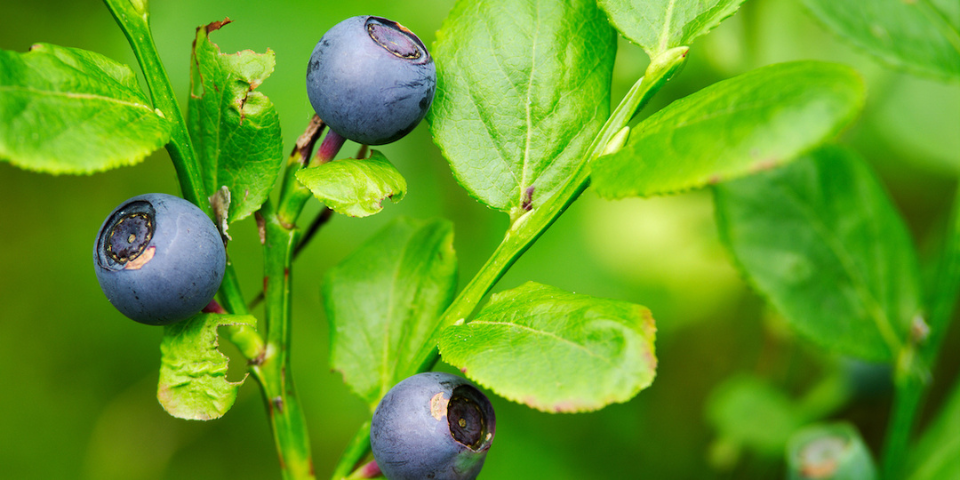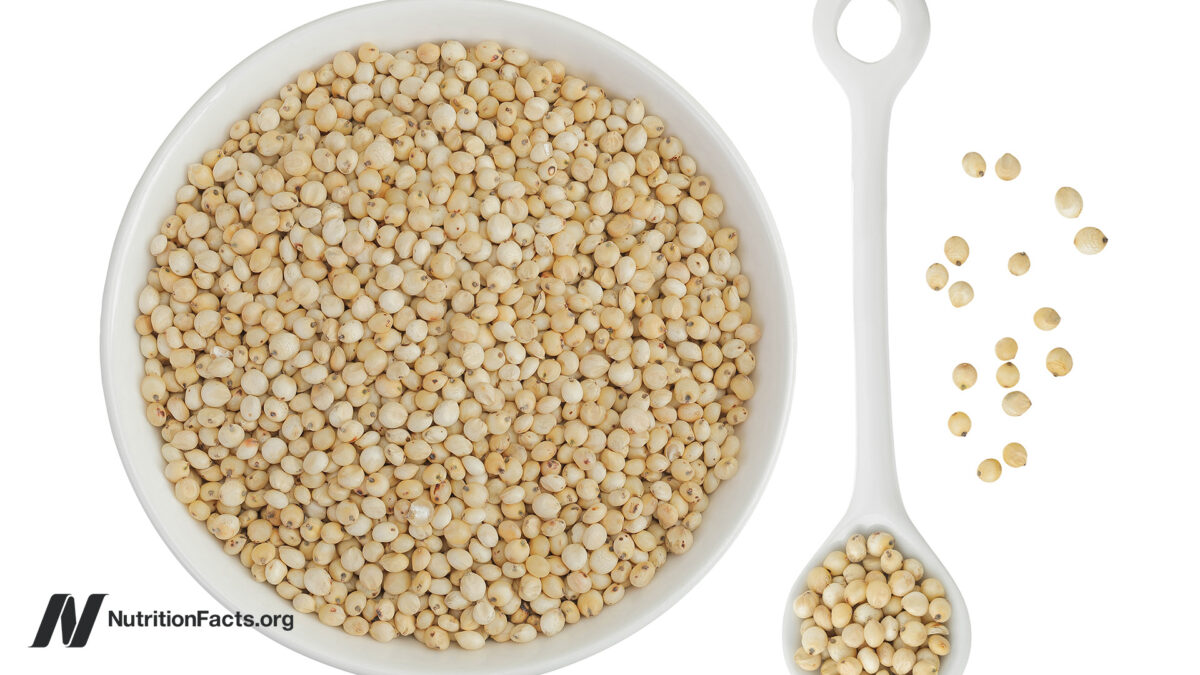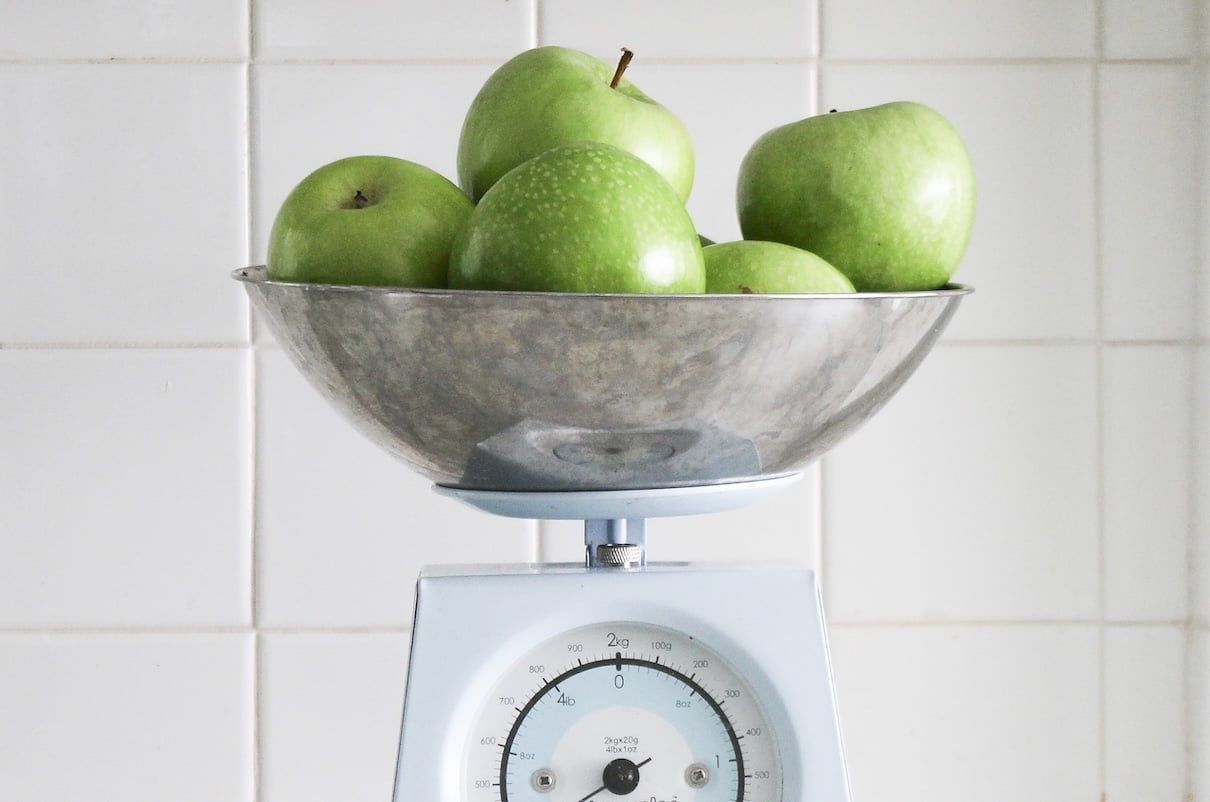Have you ever found yourself reaching for a bag of chips or a bar of chocolate without even realizing it? Or maybe you’ve eaten an entire meal while distracted by your phone or television? Here is a guided meditation on mindful eating.
It happens to all of us! One way to practice mindful eating is through the “raisin” activity, a guided meditation on mindful eating that can help you become more aware of your eating habits.
Remember that food is much more than just the physical nourishment of our body, it is also about enjoyment, connection, tradition, social experience, cultural experience, creative expression and joy. It is normal for us to experience food along with emotions or distractions.
Mindful Eating: Raisin Activity and Guided Meditation
Many of us struggle to eat without thinking or being fully aware of what we are putting into our bodies. But there is a solution: eat consciously. By practicing mindfulness while eating, we can learn to taste and enjoy our food more fully, build a more balanced and peaceful relationship with food, and even improve our overall health.
This exercise is a fantastic way to practice mindful eating and can be done with any food!
I learned this practice in my recent MBSR (mindfulness-based stress reduction) training. The raisin activity is a common mindfulness exercise used in the context of mindful eating. While it is not entirely clear who first developed this activity, it is often attributed to Jon Kabat-Zinn, a professor of medicine and founder of the mindfulness-based stress reduction program at the University of Medicine School of Medicine. Massachusetts. Kabat-Zinn is widely recognized as one of the pioneers of the modern practice of mindfulness and has contributed significantly to its integration into mainstream medicine and psychology.
What is the activity of raisins?
The raisin activity is a guided meditation that involves using all your senses to consciously eat a single raisin. This exercise is designed to help you slow down, pay attention to your food, and savor each bite.
Again, if you don’t like raisins or don’t have them on hand, use whatever food you like and have.
Here’s how to do the Mindful Eating Raisin Meditation:
- Start by finding a comfortable, quiet place to sit. If you have a special or dedicated space for meditation in your home, use this space. Make sure you are not disturbed for the next 10 to 15 minutes.
- Take a few deep breaths and focus your attention on your body. Feel your feet on the floor and your back supported on the chair. Allow yourself to relax and release any tension.
- Take a raisin and hold it in the palm of your hand. Examine the raisin with your eyes, paying attention to its shape, color and texture. Note any ridges or wrinkles on the surface.
- Bring the raisin to your nose and breathe deeply. Note any odor or aroma that the raisin gives off.
- Slowly place the raisin in your mouth, but don’t chew it yet. Notice the sensation of the raisin on your tongue and the inside of your mouth. Let it sit in your mouth for a few seconds.
- Begin chewing the raisin slowly and consciously, paying attention to the sensation of each chew. Note the texture and flavor of the raisin.
- Swallow the raisin and notice the sensation of it going down your throat.
- Take a moment to reflect on your experience. How did it feel to eat the raisins mindfully? Did you notice any new sensations or flavors that you wouldn’t have noticed otherwise?
Raisin activity is a powerful tool for practicing mindful eating. By giving your full attention to the act of eating, you can cultivate a deeper appreciation for food and develop a healthier relationship with it.
Why practice mindful eating?
There are many benefits to practicing mindful eating. On the one hand, it can help you become more aware of your hunger and satiety cues, allowing you to better regulate your food intake and maintain your uniquely balanced weight.
Mindful eating can also help you enjoy food more fully and reduce feelings of guilt or shame when eating. Additionally, practicing mindful eating can help you become more aware of emotional triggers related to food and develop healthier coping mechanisms.
Tips for practicing conscious eating
In addition to raisin activity, there are many other ways to practice mindful eating. Here are some tips to get you started:
- Eat without distractions: Avoid eating while watching TV, using your phone, or working on your computer. Instead, focus all your attention on food.
- Slow down: Take your time while eating and chew each bite thoroughly. This will help you savor the flavors and textures of your foods.
- Pay attention to your body: monitor your body before, during and after eating. Observe how those sensations feel in your body without judgment and with a lot of self-compassion.
Find freedom and balanced nutrition.
Adopt a balanced and peaceful relationship with food.
If you are looking to develop a healthier relationship with food and transform your eating habits, consider joining our online group coaching program, the Mindful Nutrition Method. Our program is designed to help you cultivate a mindful approach to eating and develop a healthier relationship with food and your body.
Get the 3-part system that will help you discover your balance, fully enjoy food, and nourish your relationship with food to feel safe, balanced, and at peace. You will learn the skills and strategies you need to make lasting changes to your health and well-being. Don’t wait to start your journey to a healthier, happier you.








